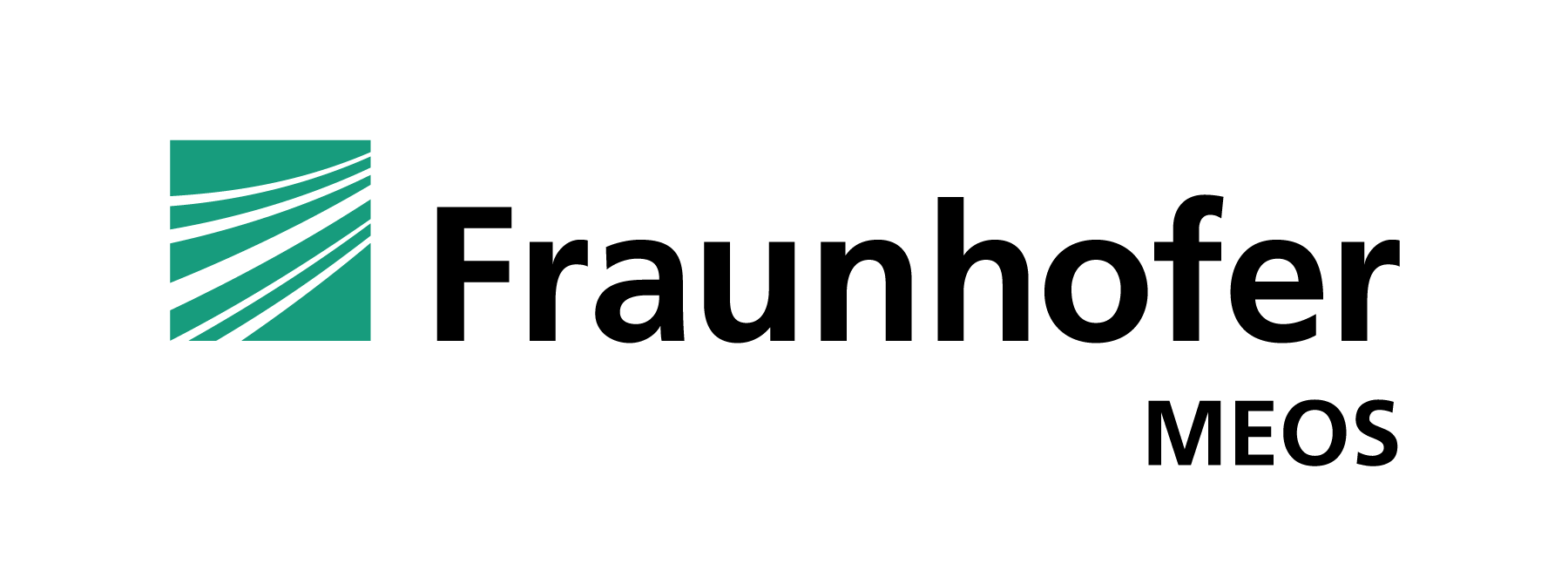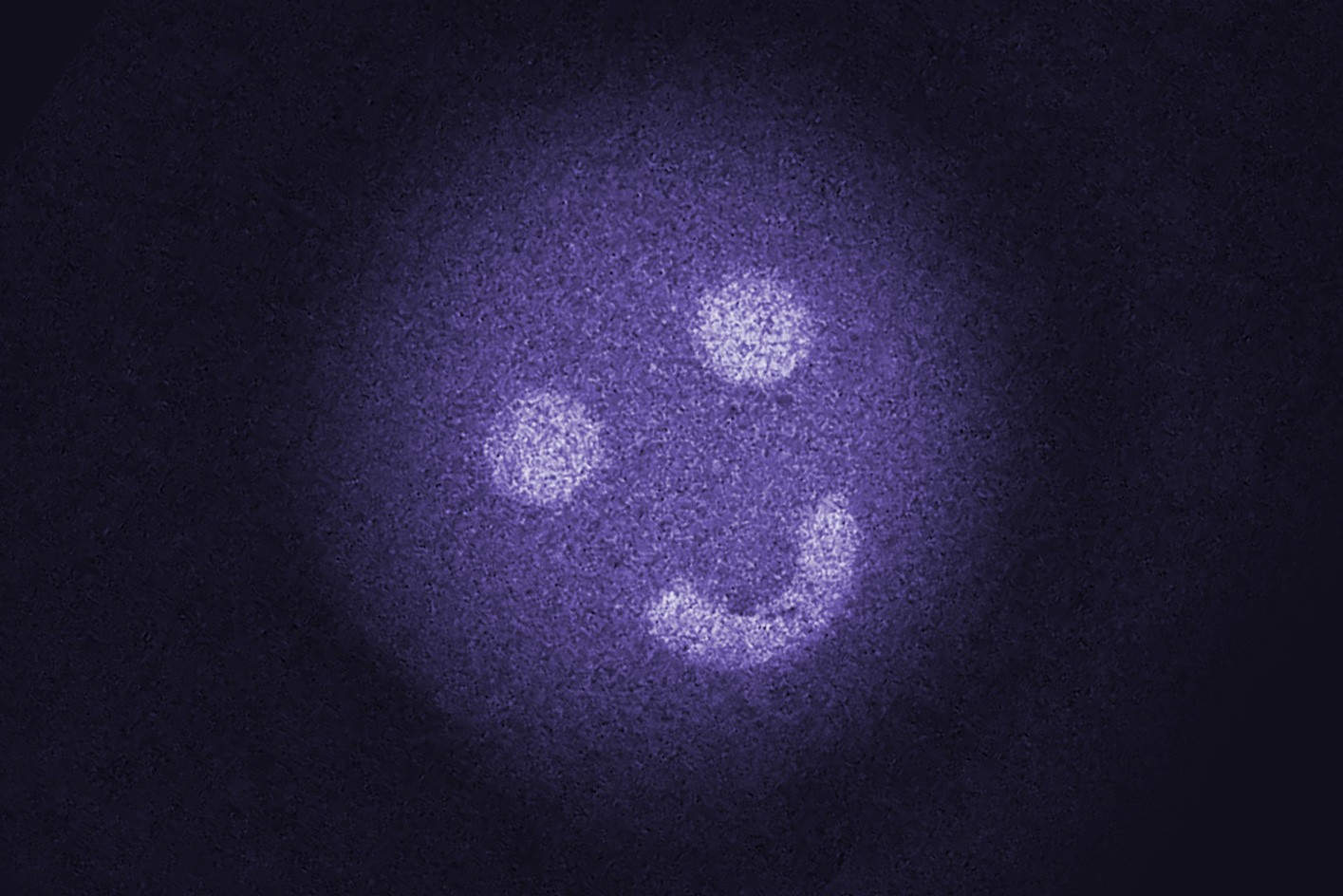This subject area is intended to research methods of artificial intelligence and machine learning for image generation as well as image and measurement data analysis. The aim is to support the sensor technology developed at Fraunhofer MEOS with regard to image pre-processing and image generation, image analysis and measurement data analysis using machine learning. This is intended to create added value and an adaptation to an application that goes beyond pure hardware development. Main focus is on applications in biomedicine.
In addition, there are a wide range of possible applications for the developed processes in other areas, e.g. in manufacturing and quality monitoring in the production of products with micro- and nanostructures, the quality inspection of optical surfaces or the control of very fast sorting processes using event-based cameras. Techniques for segmenting and classifying 2D image data as well as image enhancement and denoising are generally used in a wide range of areas beyond biomedicine. The topic combines all activities for the software-supported evaluation and analysis of sensor and image data.
 Fraunhofer Center for Microelectronic and Optical Systems for Biomedicine
Fraunhofer Center for Microelectronic and Optical Systems for Biomedicine
